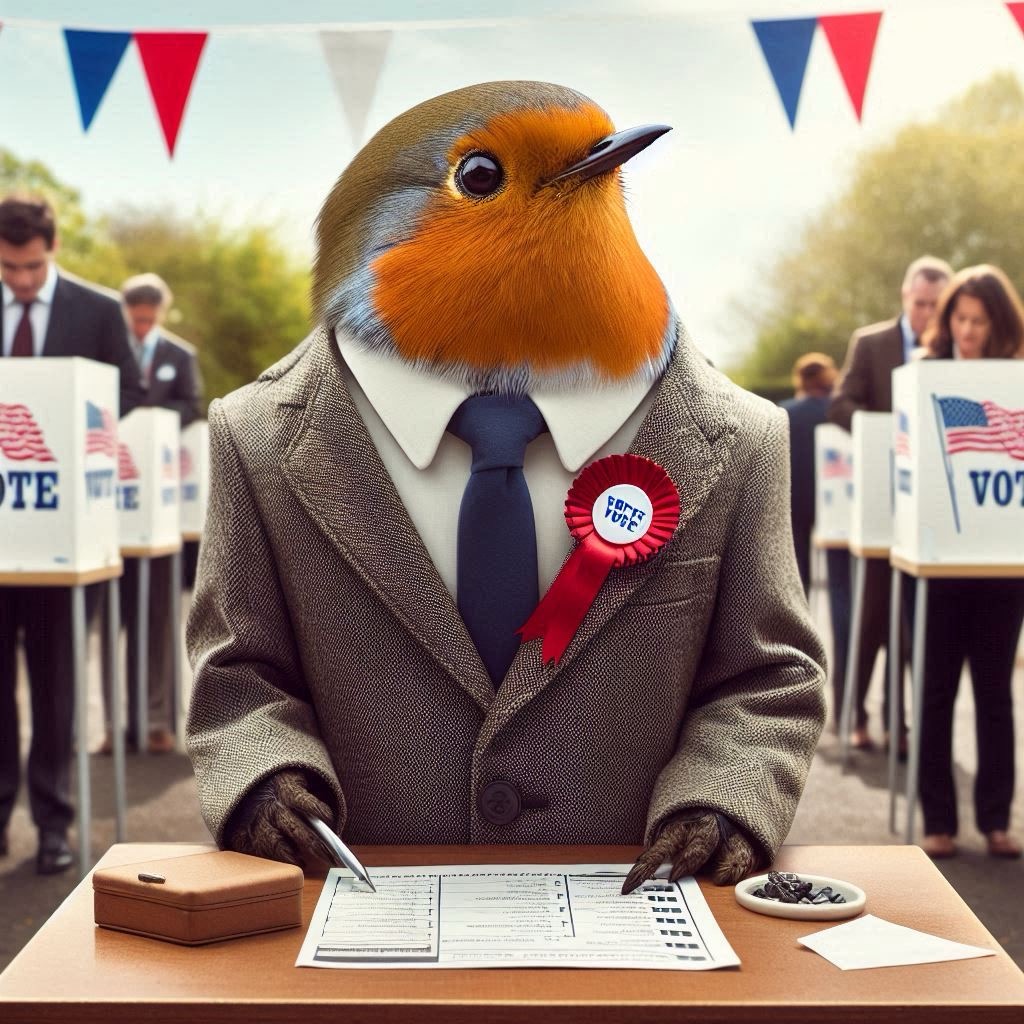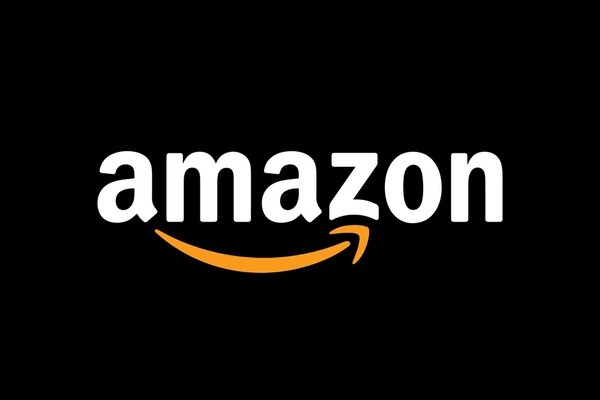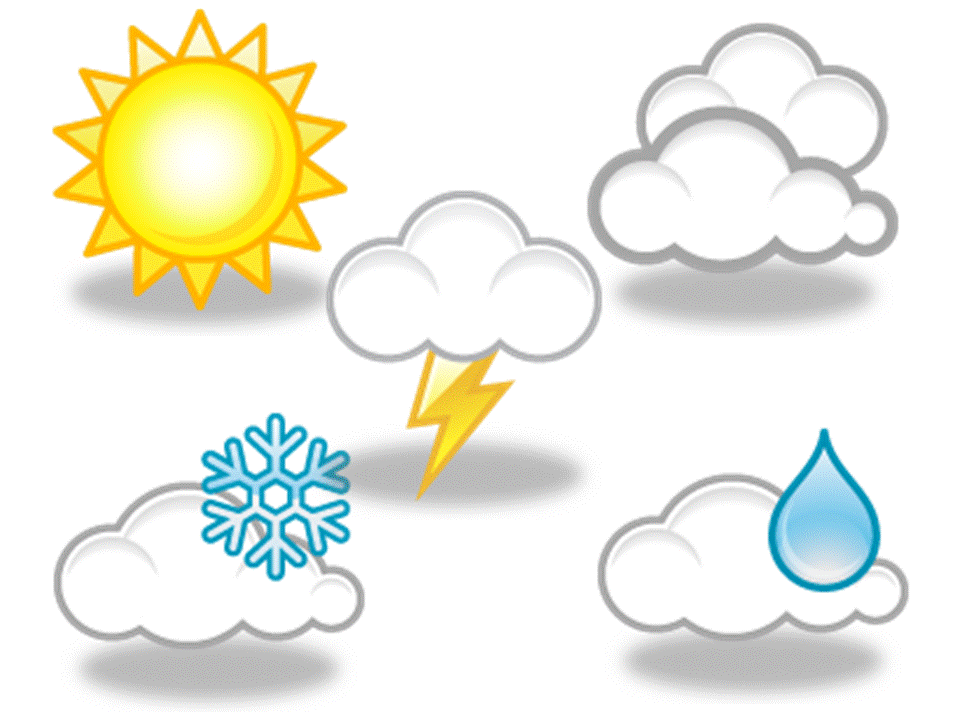But not all shoppers are finding acceptable alternatives
More consumers are searching for, but not necessarily finding cheaper auto and homeowners insurance. In 2024, the LexisNexis Risk Solutions U.S. Insurance Demand Meter reported an 18% increase in consumer policy shopping compared to 2023.
Theres a fairly obvious reason. The surge is attributed to rising insurance rates over the last 12 months. LexisNexis also cites aggressive marketing campaigns by carriers promoting lower premiums.
However, once consumers dug into the details they may have found other offers less than convincing. Despite the heightened shopping activity, the analysis found that many consumers opted not to switch their policies, indicating a complex interplay between shopping behavior and actual policy changes.
Insurance is a growing pain point for many consumers. Auto insurance rates are up by more than 11% in the last 12 months, for a variety of reasons. New cars are more expensive and contain lots of expensive high-tech parts. Auto repair costs have also risen as shops have increased pay and benefits to attract mechanics.
Home insurance policies have not only gotten more expensive in the wake of natural disasters, but some companies have stopped insuring homes in certain areas, reducing competition.
Nearly half of policies are getting shopped
By the end of 2024, 45% of policies in force had been shopped at least once in the preceding 12 months. The fourth quarter of 2024 saw a 26% increase in shopping activity and a 17.7% rise in new policy growth year-over-year.
However, the holiday season traditionally sees a dip in new policies, a trend that continued in 2024 as consumers prioritized holiday spending over insurance shopping. This decline was more pronounced than in previous years, likely due to increased rate parity across carriers, which limited consumers' ability to find significantly lower rates.
New York and Hawaii emerged as outliers in the national trend. While most states saw pre-hard market volumes in shopping and new business, New York experienced a decline in new policy growth, remaining below fourth quarter 2020 levels. This was despite rate increases aligning with industry averages, possibly due to continued underwriting restrictions and limited marketing efforts in the state.
Looking ahead
As 2025 unfolds, the potential slowdown in policy shopping and switching may prompt carriers to step up their targeted marketing strategies.
The start of 2025 has been marked by significant events, including wildfires in Southern California and winter storms in the South, exacerbating the impact of last year's natural disasters.
While auto insurance rates have stabilized, insurers are expected to continue raising rates in response to these catastrophes. Monitoring the interplay between home insurance shopping and auto insurance behavior will be crucial as the market evolves.
Posted: 2025-02-19 12:57:45




















